Test skills in Newton’s laws and motion.
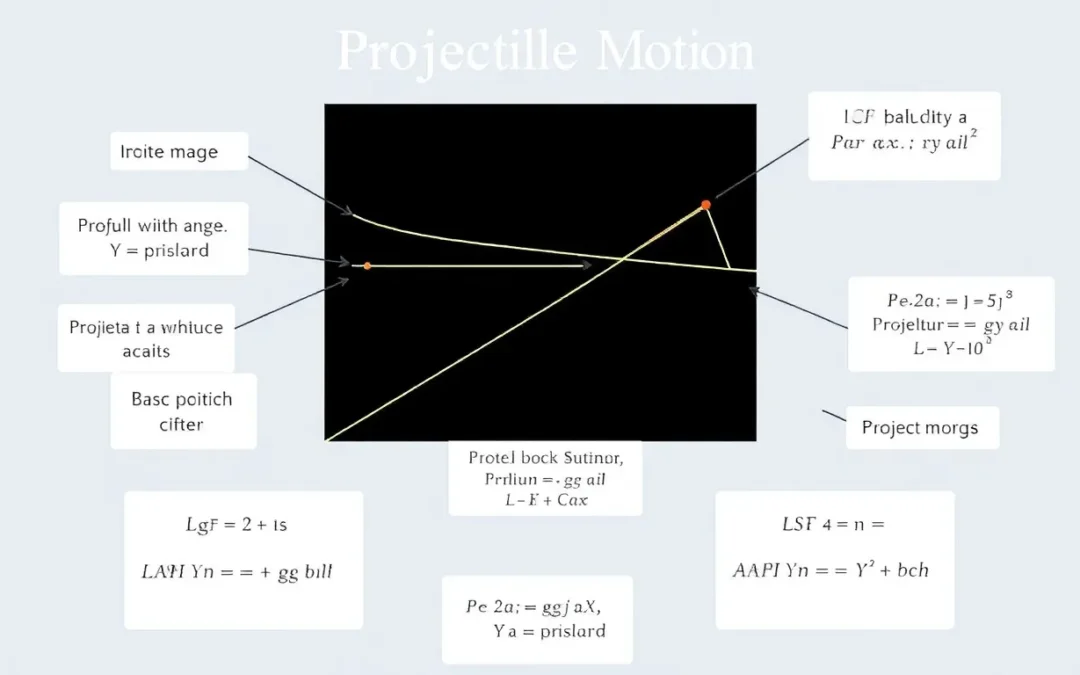
ADVERTISEMENT

Test skills in Newton’s laws and motion.

Account for g=9.8 m/s² and the start-time offset.
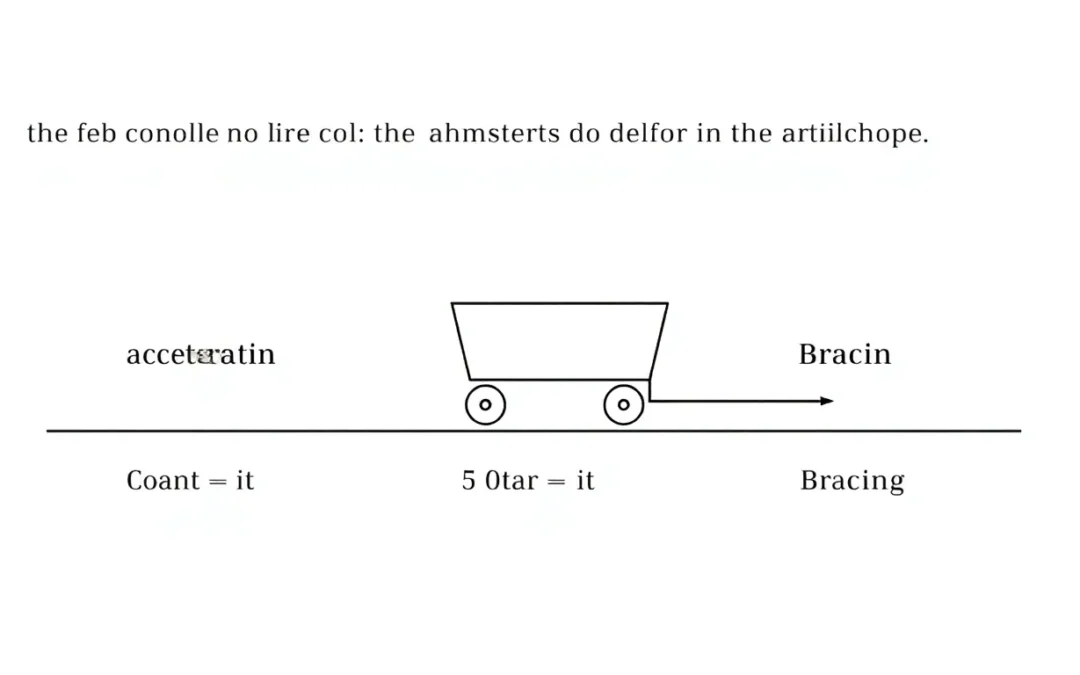
Use three phases: accelerate, coast, brake to rest at a set distance.
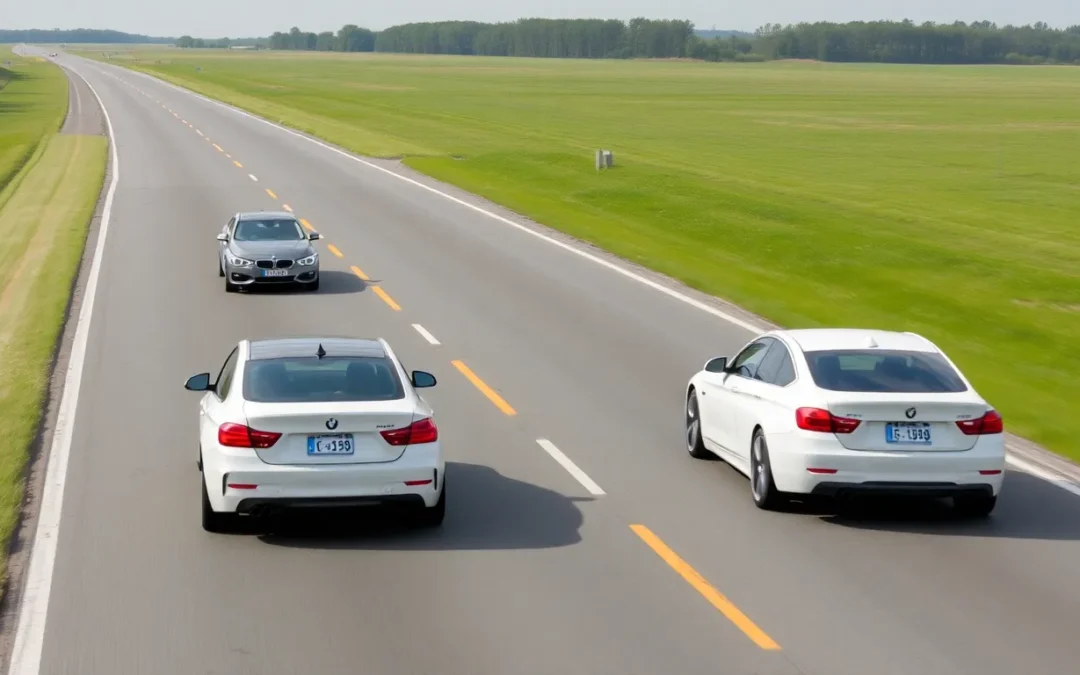
Translate each car’s motion into position functions; solve intersection or show none.
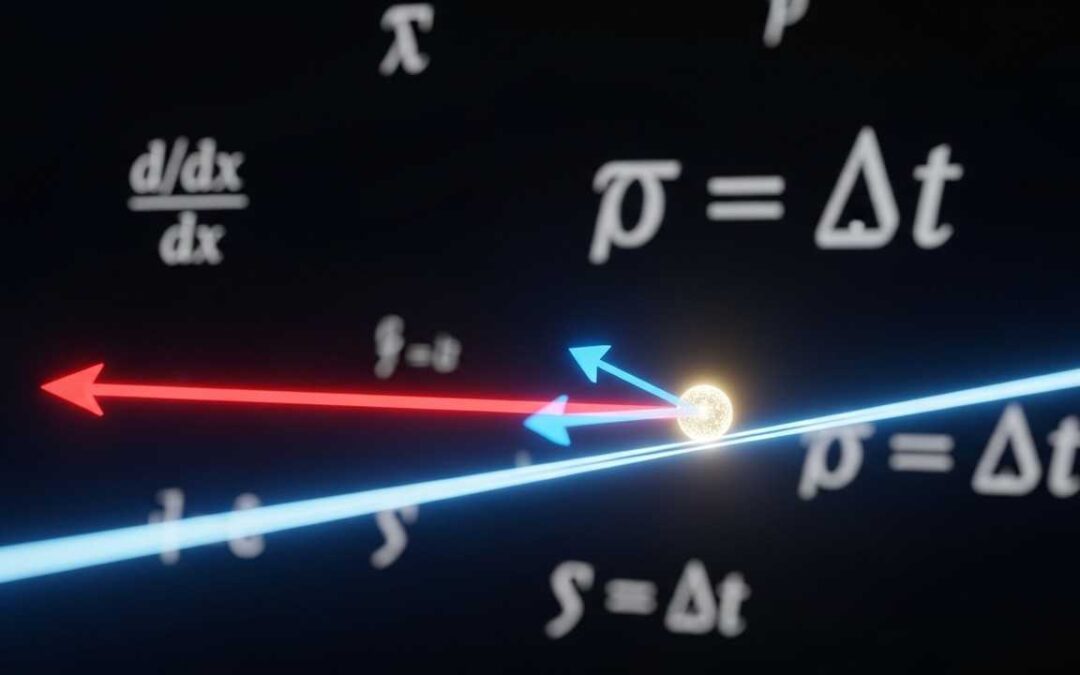
Integrate a(t) to v(t) and x(t), then locate the first positive root.
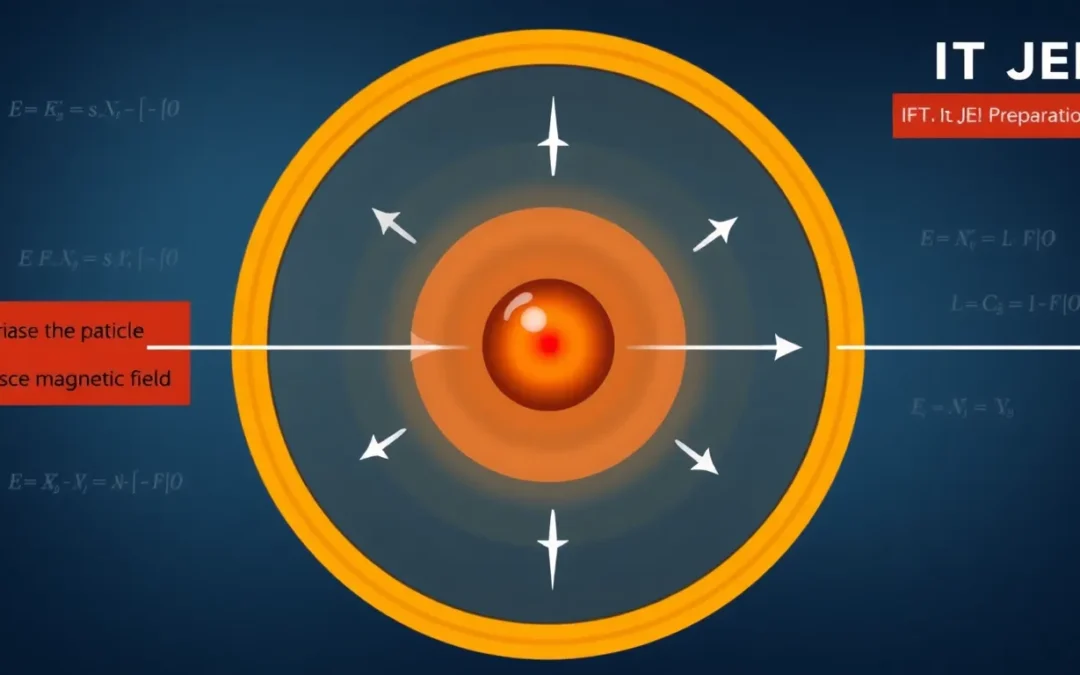
Strengthen particle dynamics in fields.
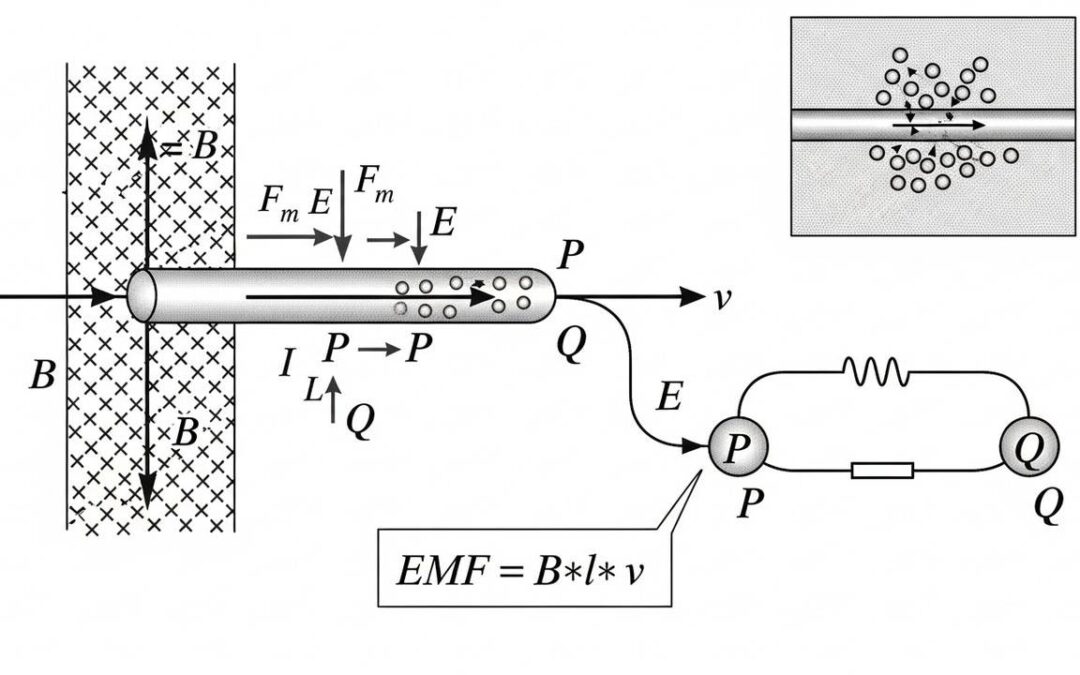
Master Faraday’s law numericals.
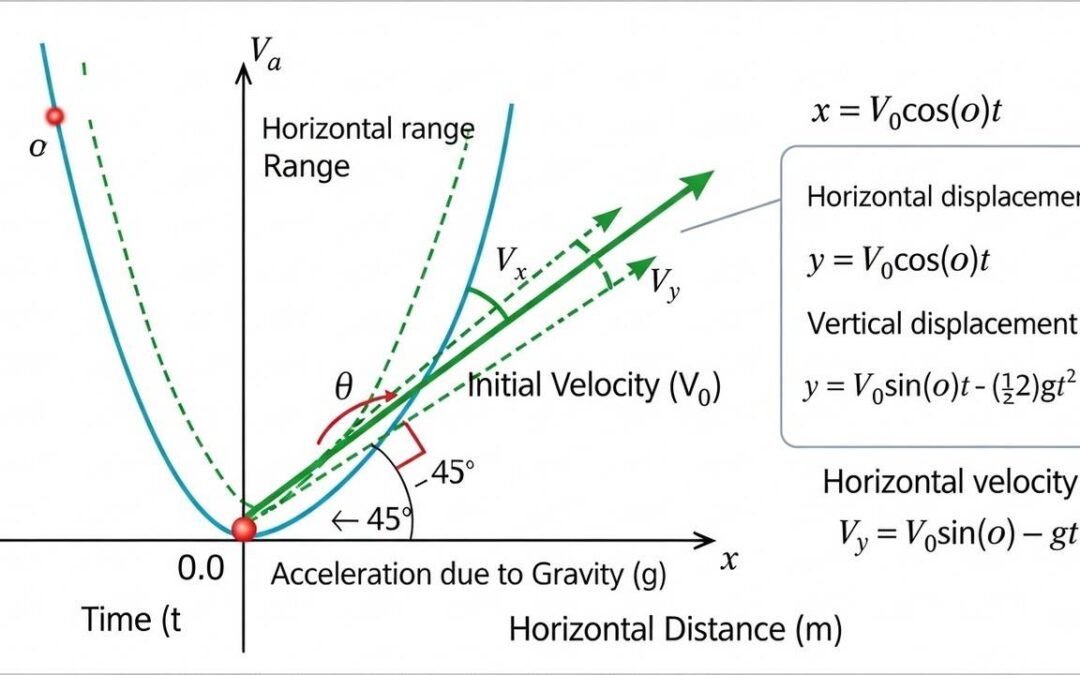
Learn how to determine the time when a projectile’s velocity vector forms a 45-degree angle. This post provides a step-by-step guide to solving the Projectile Motion Angle problem.

Learn how to calculate the distance a car travels with uniform acceleration. Find the distance covered in 10 seconds.
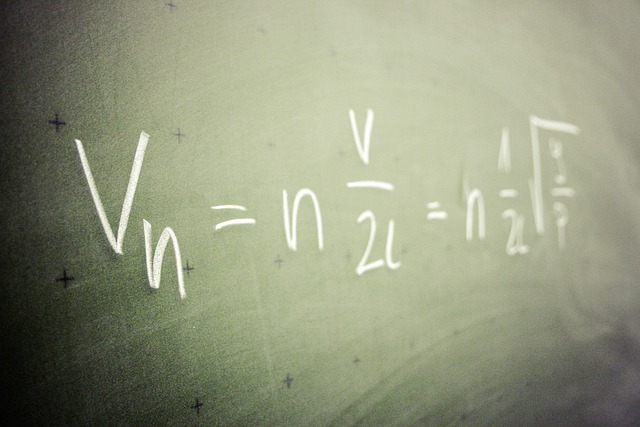
Learn how to solve projectile motion problems using quadratic equations. Find the maximum height and time of flight for a projectile launched at a 45-degree angle.

Discover the difference between displacement and distance and how to calculate both, using a simple example of a cyclist’s journey.
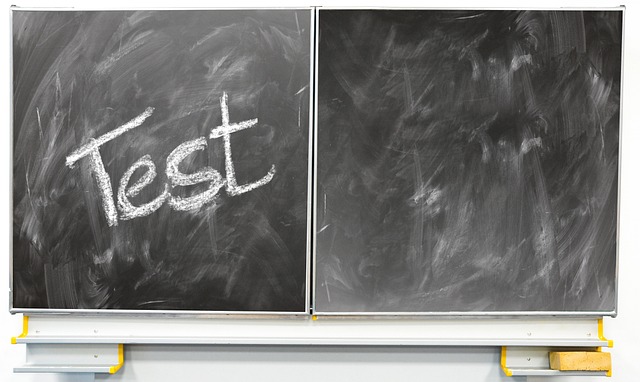
Conquer the CBSE Board Exams 2025 with our guide! Learn effective study strategies, time management tips, and overcome exam anxiety for success.

Understanding the concepts of Relative and Absolute Motion forms a crucial part of mastering the principles of kinematics. When we delve into the complex worlds of physics, these two notions significantly influence how we perceive and analyse movement. In essence,...

Motion in One Dimension forms the foundational block in understanding the Physics of movement. This topic delves into the specifics of how objects move in a straight line under the influence of various forces. By exploring the key concepts of displacement, velocity,...

These problems encompass a variety of scenarios involving motion in one dimension, designed to reinforce the understanding of key concepts such as constant velocity, acceleration, deceleration, and the equations of motion.